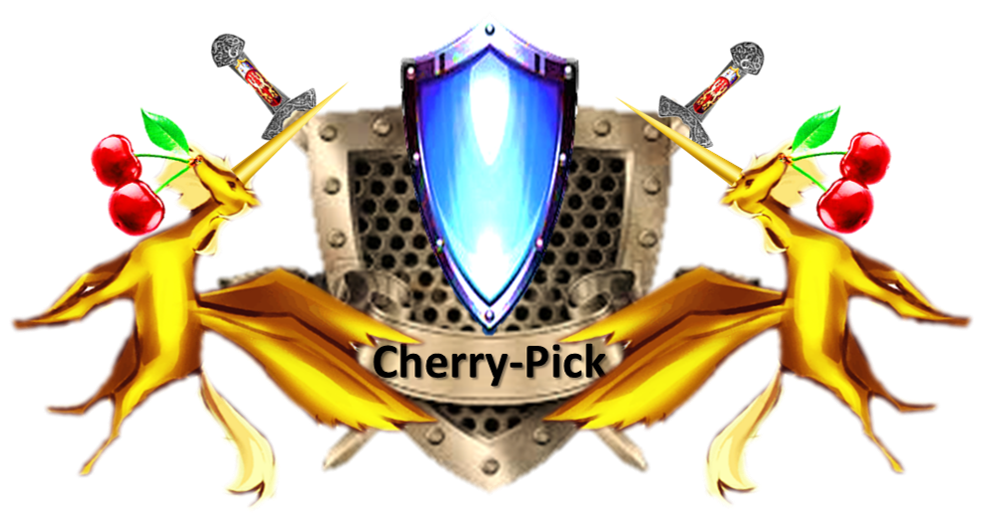Dictionary
What is the best definition of Marketing funnel?
By Jon Ane
Marketing funnel-Purchase funnel-Customer funnel-Sales funnel-Conversion funnel-AIDA
The Funnel is a customer buying model that describes the shopping quest of a customer. The buying process starts with awareness of your product and ends with purchasing it. In a bid to funnel the potential customer from one stage of the process to another, you must first obtain the former stage.
The length of this purchasing journey depends on the level of the Customer’s Product Involvement with the product. Hence, if the Customer’s Product Involvement is high, the marketing funnel is deeper and curries all the funnel’s milestones below. However, if the Customer’s Product Involvement is low, the funnel is shallower and consists of fewer milestones and a shorter process until purchased. The model started its journey in 1898 with its developer Mr E. St. Elmo Lewis.
Much like Newton’s third law of motion, I have my first law of promotion: Whenever a marketer exerts a passionate force with well-suited value on a customer, the latter’s “perfect response” is to react with an equal force of enthusiasm back. Thus, each milestone has two sides: the marketer’s action and the customer’s reaction, which both must be completed before going down the funnel stages. These are the milestones of the customer purchasing journey:
The action: the marketer brings the product into the light by using different marketing channels and tools to increase customer awareness.
The reaction: the consumer becomes aware of the product.
Interest:
The action: the marketer uses its marketing channels to stimulate curiosity, capture the customer’s attention, and increase his willingness to learn more about the product.
The reaction: the customer’s curiosity and willingness to learn more about your product rise.
Preference:
The action: the marketer creates a preference for its product over other alternatives in the market, demonstrating its uniqueness and the product’s capacity to deliver an optimal solution to your needs.
The reaction: the customer grows in favour of your product, understands the value of your product, and his preference rises to a level that primes him to purchase it.
Action:
The action: the marketer offers an accessible opportunity to sell the product or try it and convert the buying intention into an actual sale.
The reaction: the customer engages with the product, and either tries or buys the product.
Preference Maintenance:
The action: the marketer creates buying preference by maintaining positive engagement with the customer and supporting his preference for the product, deepening its relationship and providing high-level aftersales services.
The reaction: the customer is satisfied with the product and recommends it to others.
The marketing funnel is often divided into three parts:
Top of the funnel (ToFu):
The top of the marketing funnel embodies the Awareness milestone.
Middle of the funnel (MoFu):
The middle of the marketing funnel embodies the Interest and Preference milestones.
Bottom of the funnel (BoFu):
The bottom of the marketing funnel embodies the Action and Preference milestones.
The three funnel parts are directly connected to the G-POST Strategy tool. Do make sure all tactics and means in use would create synergy with your G-POST. Or else you might jeopardise it all. For more information, visit Jon Ane, The Rosetta Stone of Strategy.
www.rosetta-stone-strategy.com/marketing-strategy-accelerators/111401/

G-POST STRATEGY TOOL – An all-inclusive systematic tool to build your strategy – Jon Ane, The Rosetta Stone of Strategy.
